|
11th September 2021 All day Saturday continues, the next game I played at Wogglecon was Betrayal at the House on the Hill. What's more fun than exploring the local haunted house with your disparate band of friends. I mean, what's the worst that could happen? It's not like one of them is going to betray you, right? It's not like it's in the game's title! What's in a game?
The character tiles are decorated in monochrome illustrations with one colour - the player's colour. Artwork used on the room tiles is a little plain but unobtrusive. The paintjobs on the models is nice addition. Thematically, it all fits though. The game's iconography was straight forward. How's it play? Setup
The objective in Betrayal at House on the Hill is to explore the house until the 'haunt' is discovered and then maybe defeat it! Broadly speaking, the game is divided into 2 stages, the second stage begins once the 'haunt' has manifested. On their turn, the active player can do the following:
Endgame The heroes and the traitor continue taking their turns until one or the other complete their objective, in which case they win. Overall
Mechanically speaking, Betrayal at the House on the Hill is straightforward, especially in the first stage of the game. Players add tiles to the map and deal with whatever randomly comes with it, it's fun, but players are just reacting to encounters, all a bit unchallenging mentally. When the traitor is revealed, this all changes though. The heroes will find themselves having to complete their objectives while invariably having to keep out of the clutches of the traitor and their monstrous allies. They'll probably have to collaborate to have a chance of success. Meanwhile, the traitor will have their own objectives, this may or may not involve capturing or defeating the heroes. The traitor can be sure that the heroes' objective will be bad news for them and will want to thwart them. Betrayal at the House on the Hill has now become a very tense game of cat-and-mouse. However, there are number of things about the game that irk me. I'm not fond of traitor mechanics, nor am I fond of one-vs-many mechanics and Betrayal at the House on the Hill uses both! It's a bit of a put-off for me, obviously, YMMV. Additionally, when the haunt is revealed, all the players must split up to secretly read their objective and in the case of the heroes; discuss their actions while the traitor sits around waiting. This creates a strange, pace-breaking awkward pause to the game. Finally, having the playing area actually split into 3 playing areas, one for each of the house's floors feels somewhat clumsy to me, it's not a dealbreaker, but it does take up table-space. There's nothing wrong with the game, it's just not really for me and isn't a game I'd pick to play. If the haunted house theme appeals and you're happy to play with traitor mechanics, Betrayal at the house on the hill will probably be an enjoyable experience.
0 Comments
Leave a Reply. |
AuthorI play, I paint. Archives
March 2024
Categories
All
|

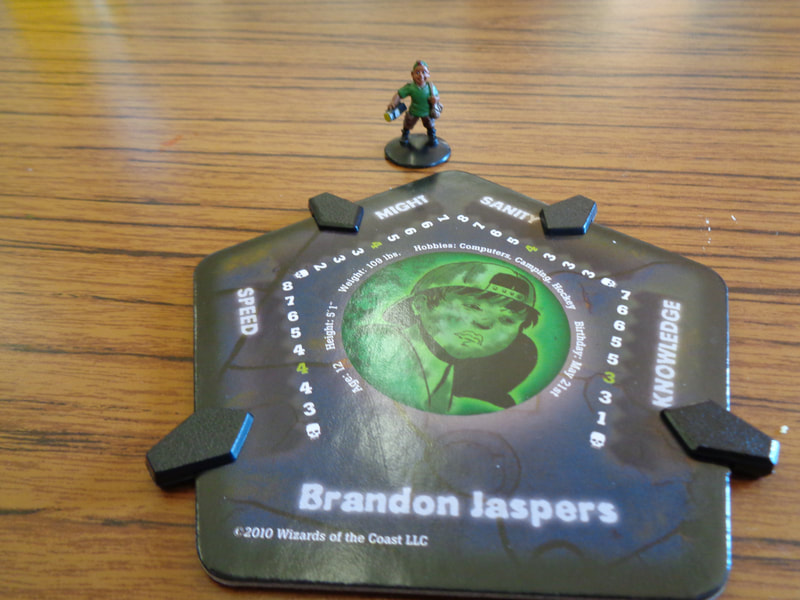

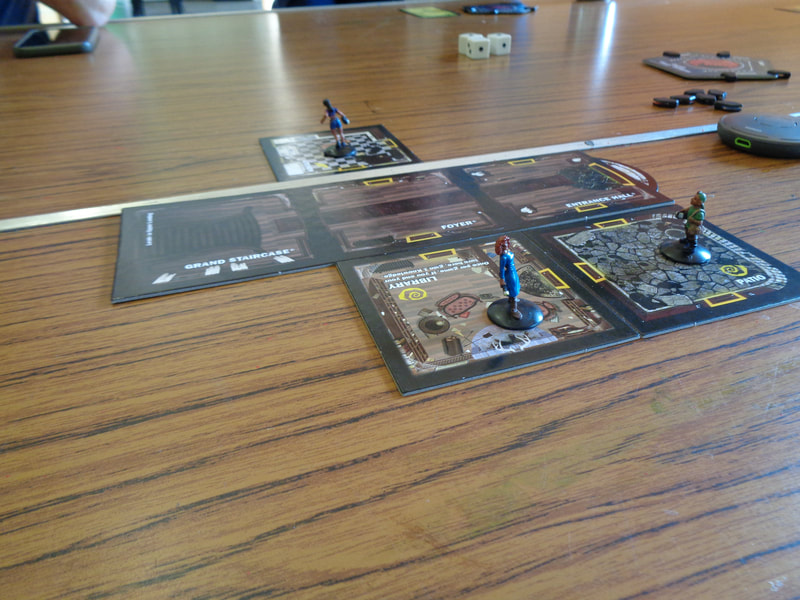
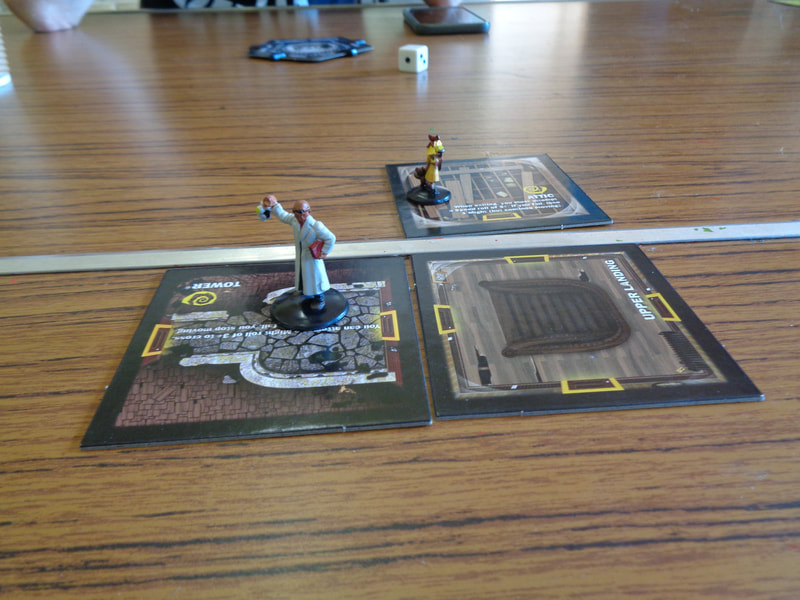
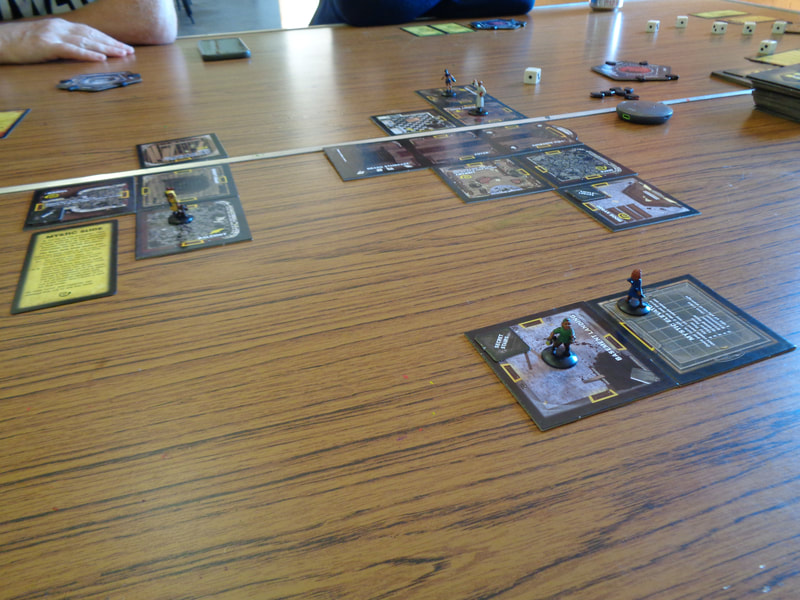
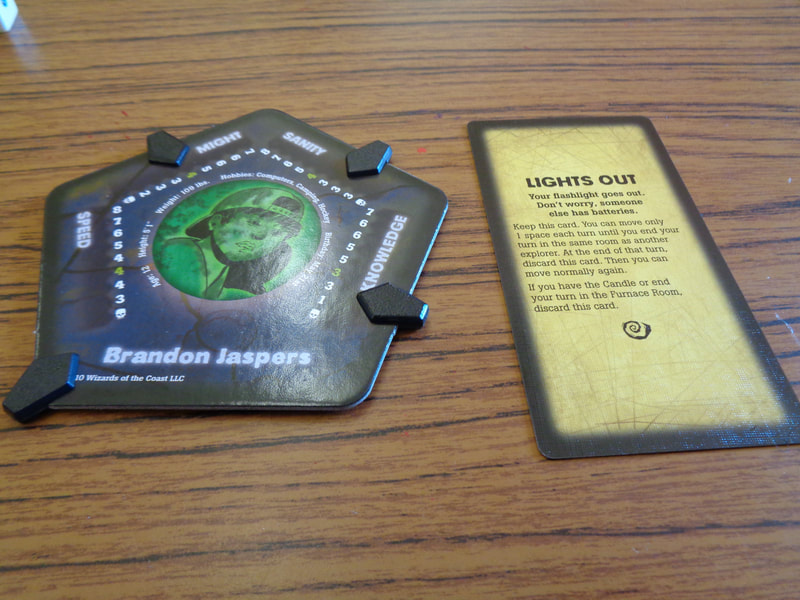
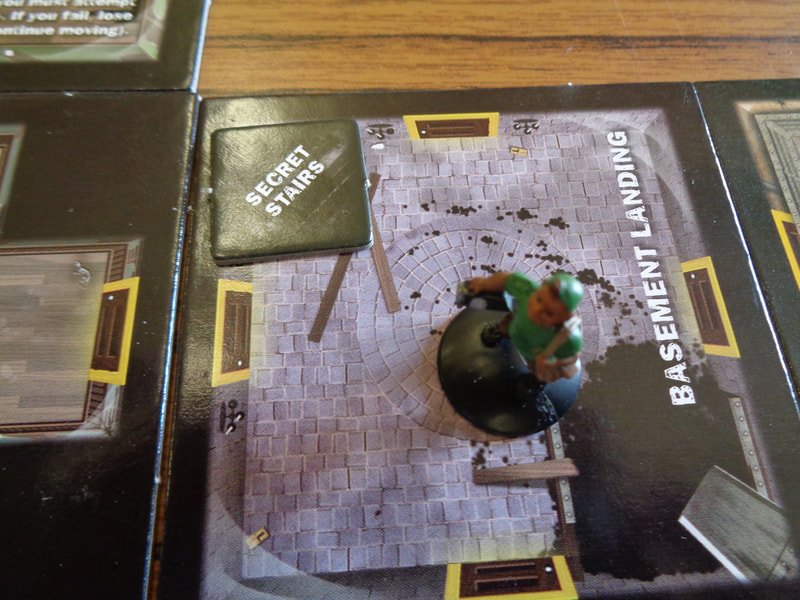
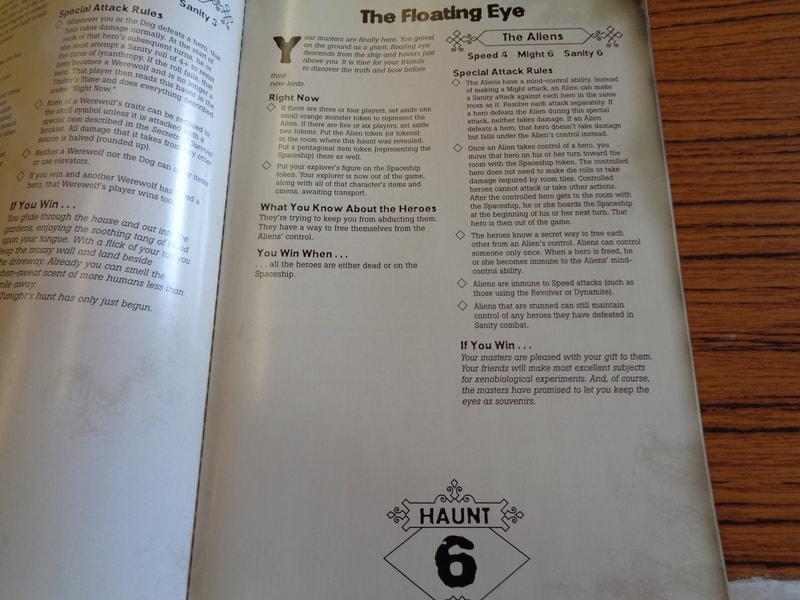
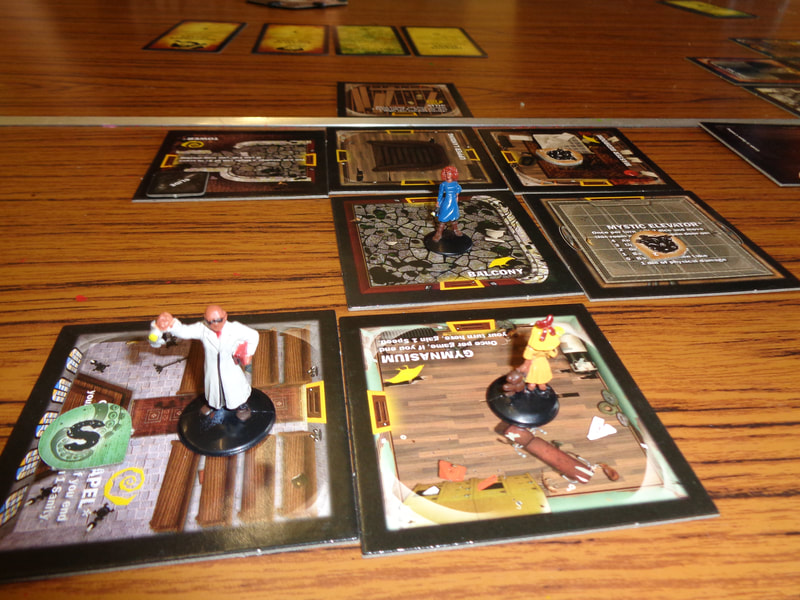
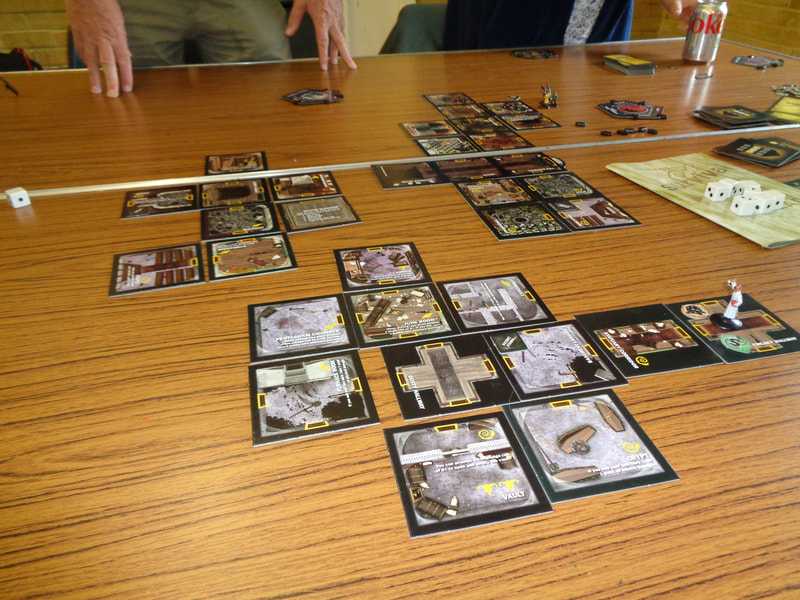
 RSS Feed
RSS Feed
